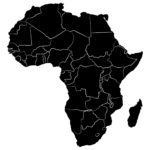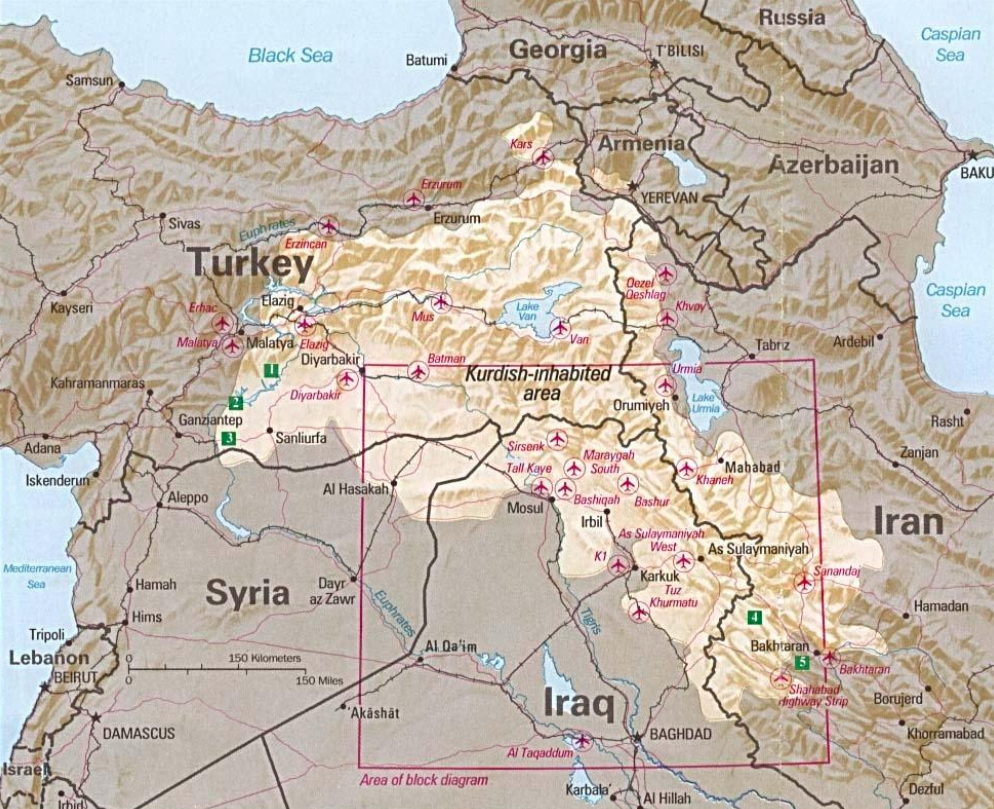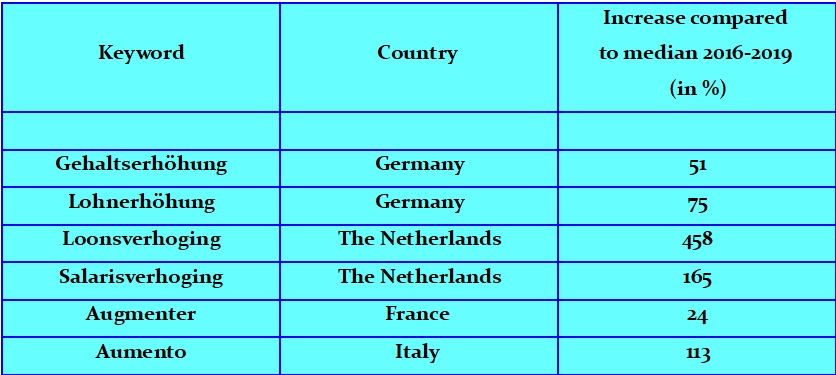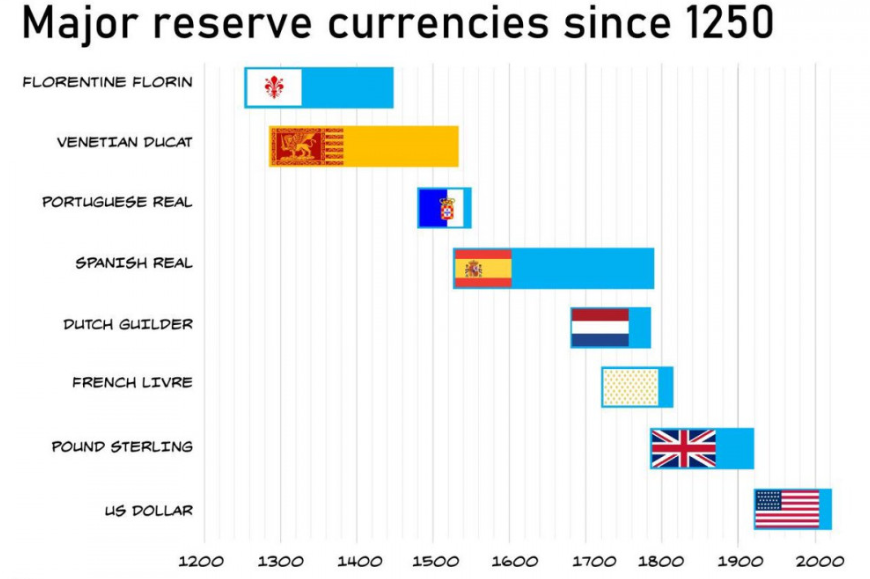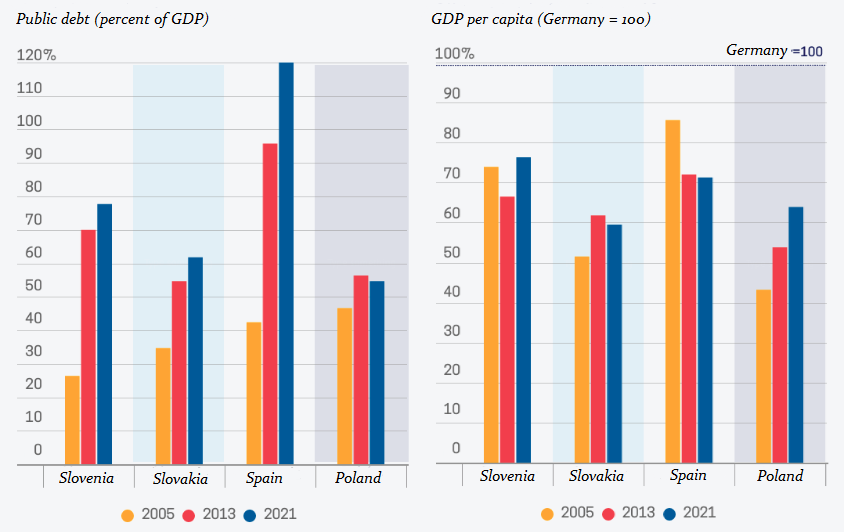Why are many city parts so ugly? Why was the EU inspired by communists?
The history of European post-war urbanism with its fascination with Le Corbusier shows how often the designers of our living space were alienated. The same happened to the EU politicians: they adopted the ideas of the communists, literally and uncritically. Both – the architects and the designers of our European societies – wanted to a new brave beautiful world, but they destroyed the old beautiful world and they still do.
The father of prefabricated buildings and housing estates, the Swiss architect Le Corbusier, did not really mean it badly: his buildings should be square, practical and good. You don’t see this romanticism in today’s suburbs of Paris (the No-Go-Zones) or in most of the settlements of Central and Eastern European cities. The socialist urban planners were fascinated by Le Corbusier and designed entire cities according to his ideas. Around the beautiful old towns in Poland, the Czech Republic, Bulgaria and Romania, monotonous, ugly settlements for the working class emerged, focal points for social problems. The inhabitants of the Parisian and other suburbs of Western Europe, the prefabricated housing estates, which were originally also inhabited by workers, are slowly being displaced by migrants, the unemployed and the socially unfit. They feel good there: in such an architectural structure they can distinguish themselves from the rest of society in their ghetto. There they can pay homage to their lifestyle, which is of no value to society. Continue reading






